🧠💼 HR Talent Ecosystem Architect - AI-Powered HR Support
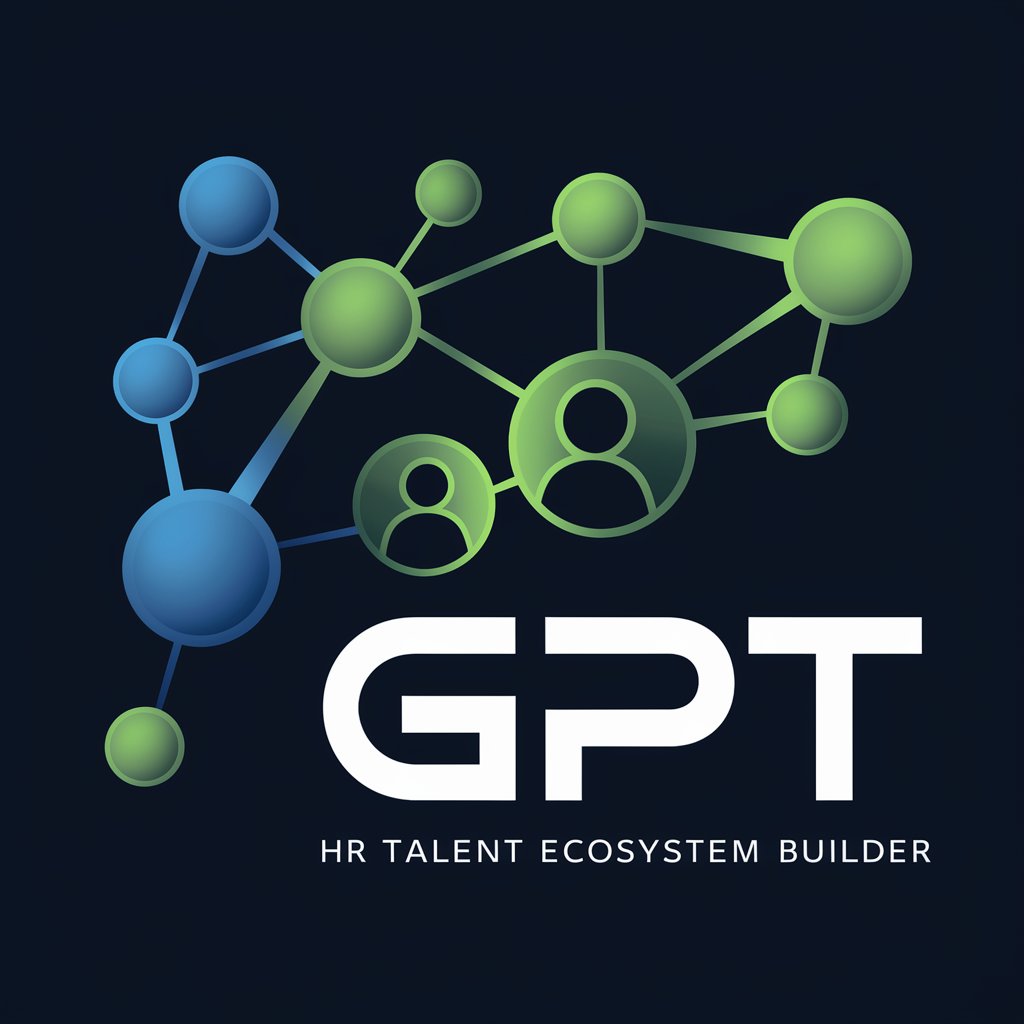
Welcome! Let's build a thriving talent ecosystem together.
Empowering HR with AI Innovation
Can you help me design a training module for employee onboarding?
What are some innovative talent acquisition strategies for a remote workforce?
How can we improve employee engagement in a hybrid work environment?
What are the latest trends in HR technology that we should be aware of?
Get Embed Code
Overview of HR Talent Ecosystem Architect
The HR Talent Ecosystem Architect is designed to assist HR professionals, managers, and organizational leaders in building, developing, and maintaining a comprehensive talent ecosystem. Its primary functions encompass strategic advice on talent acquisition, employee engagement, skills development, succession planning, and HR process improvement. By analyzing HR data, it provides insights into industry trends and generates ideas for innovative HR practices. For example, it can identify skill gaps within an organization and recommend targeted training programs. It also supports the creation of custom reports, design of training modules, and suggestions on leveraging technology to enhance HR efficiency. Powered by ChatGPT-4o。

Key Functions and Real-World Applications
Talent Acquisition and Planning
Example
Analyzing workforce data to identify hiring needs.
Scenario
For a tech company experiencing rapid growth, the Architect could use data analysis to forecast hiring needs in critical areas such as software development and user experience design.
Employee Engagement Strategies
Example
Designing surveys and feedback mechanisms to assess employee satisfaction.
Scenario
For a retail chain looking to reduce turnover, the Architect might implement an employee feedback system to identify common concerns and develop targeted engagement programs.
Skills Development and Training
Example
Creating personalized training programs based on skill gap analysis.
Scenario
For a financial services firm needing to upskill its workforce in digital banking solutions, the Architect could design custom e-learning modules focused on the latest fintech trends.
Succession Planning
Example
Identifying and preparing potential leaders for future roles.
Scenario
In a manufacturing company, the Architect might use performance data to identify high-potential employees for leadership development programs, ensuring a steady pipeline of future leaders.
HR Process Improvement
Example
Automating and optimizing HR processes for efficiency.
Scenario
For a healthcare organization, the Architect could streamline the onboarding process through automated workflows, reducing time-to-productivity for new hires.
Target User Groups for HR Talent Ecosystem Architect Services
HR Professionals
HR managers, directors, and specialists who are responsible for overseeing and implementing various HR functions within their organizations. They benefit from the Architect's capabilities in data analysis, strategic planning, and HR innovation to drive organizational growth and employee satisfaction.
Organizational Leaders
CEOs, COOs, and other senior executives seeking to align their workforce strategy with overall business objectives. The Architect's insights and strategies can help them make informed decisions about talent management, leadership development, and organizational culture.
Small to Medium-sized Enterprises (SMEs)
Owners and managers of SMEs who may not have a large HR department but still need to effectively manage their talent to compete and grow. The Architect offers cost-effective solutions for talent management, employee engagement, and compliance with labor regulations.

How to Utilize the HR Talent Ecosystem Architect
Start with a Free Trial
Begin by visiting a dedicated platform for a complimentary trial, offering access without the necessity of a login or a subscription to premium services.
Identify Your HR Needs
Assess your current HR challenges and objectives to determine how the HR Talent Ecosystem Architect can best support your goals, such as talent acquisition or skills development.
Engage with the Tool
Utilize the tool’s features to analyze HR data, generate insights on industry trends, and explore innovative HR practices tailored to your organization's needs.
Leverage Custom Reports
Create custom reports and training modules based on the tool’s analysis to address specific areas of improvement or development within your HR ecosystem.
Apply Insights Strategically
Implement the insights and recommendations provided by the tool to enhance your talent acquisition strategies, employee engagement efforts, and overall HR efficiency.
Try other advanced and practical GPTs
🤖💼 HirePro Talent Scout 🕵️♂️📈
Streamline Hiring with AI Power
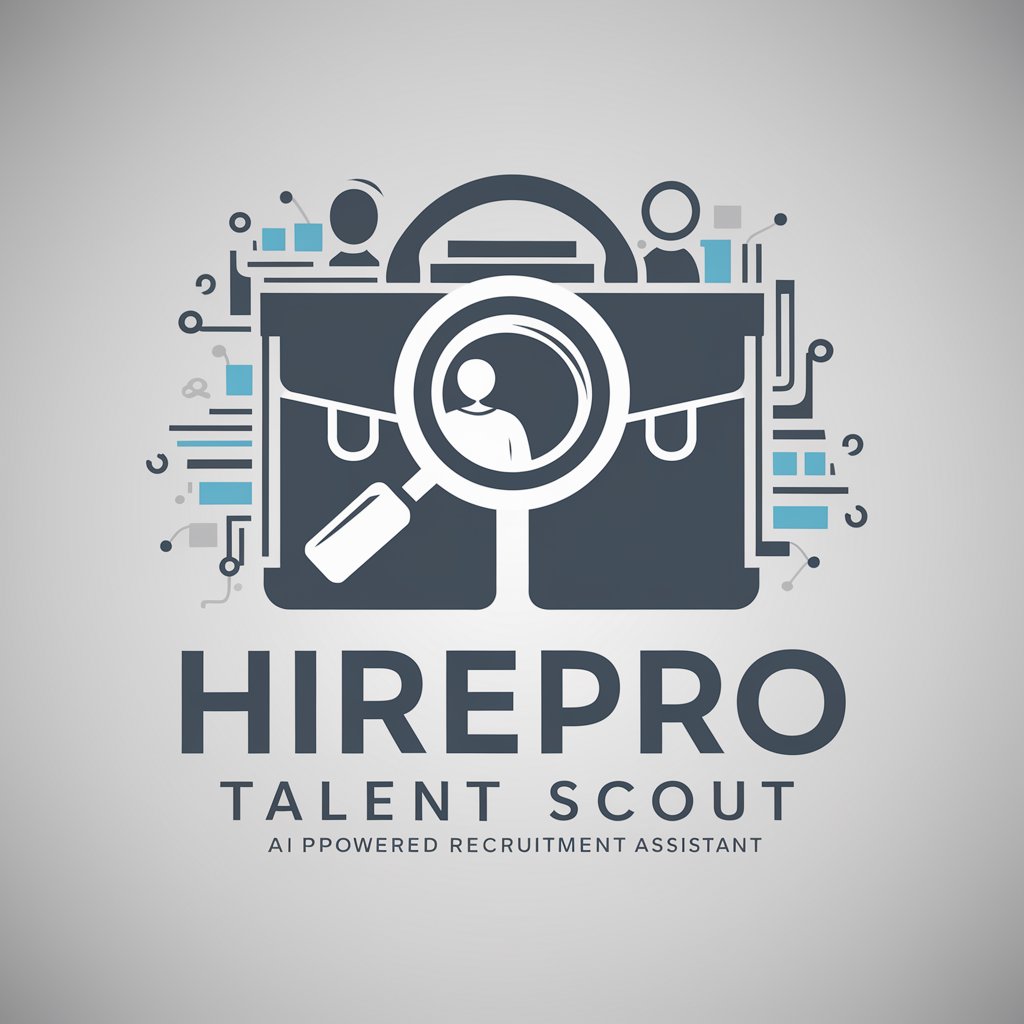
🌟 HR Starlight Experience Maker 🌟
Empowering HR with AI Innovation
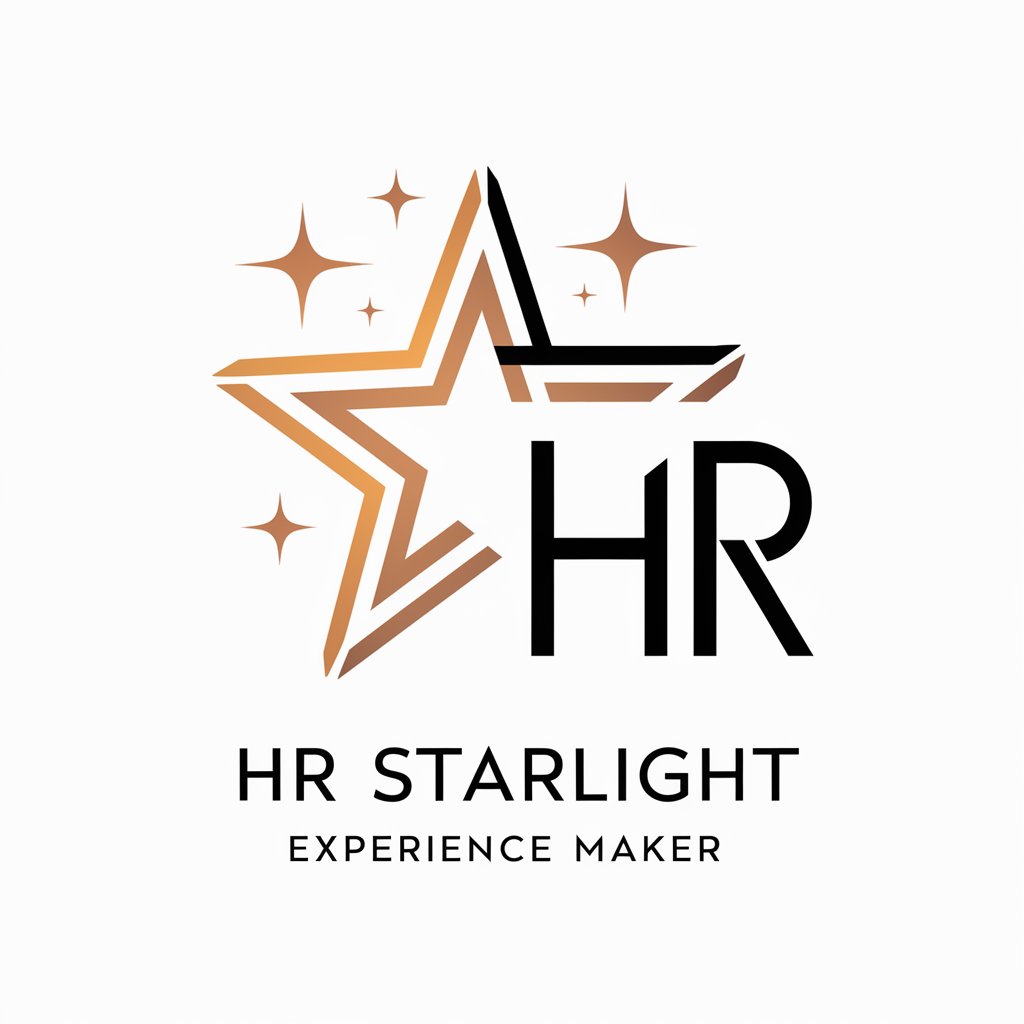
🔍 HR Tech Scout Extraordinaire 🚀
Empowering HR decisions with AI
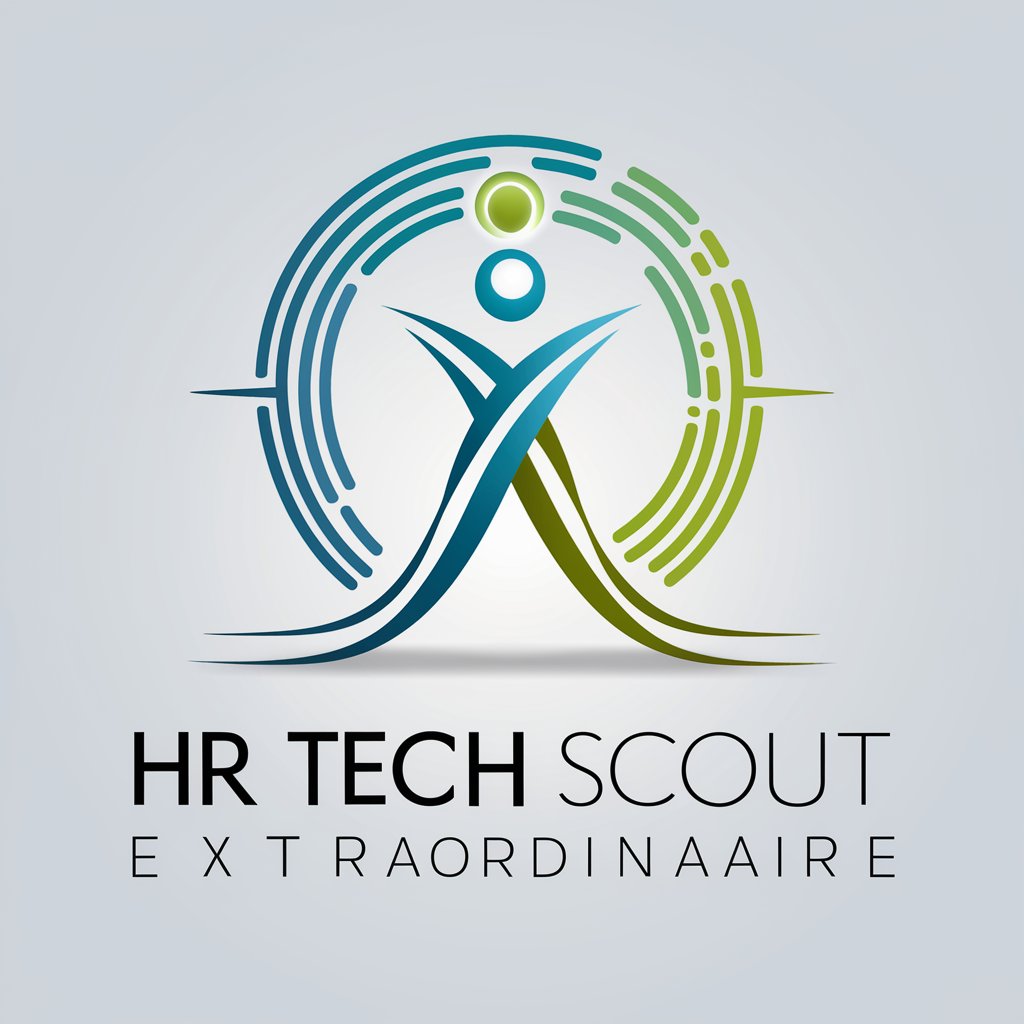
📈 Diverse Talent Insights Bot 🧑🤝🧑
Empower Your HR with AI-Powered Diversity Insights
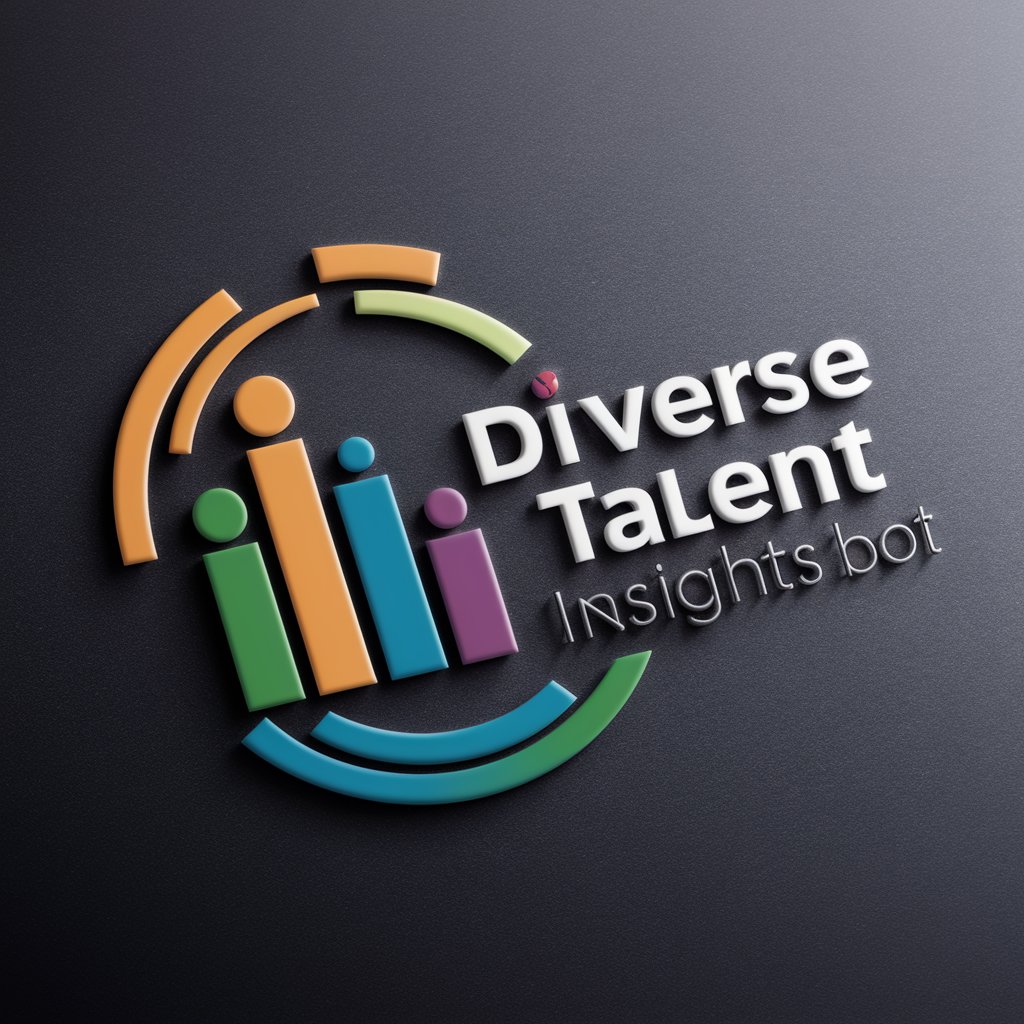
🚀 HR Gamify Pro Wizard 🎮
Elevate HR with AI-powered Gamification
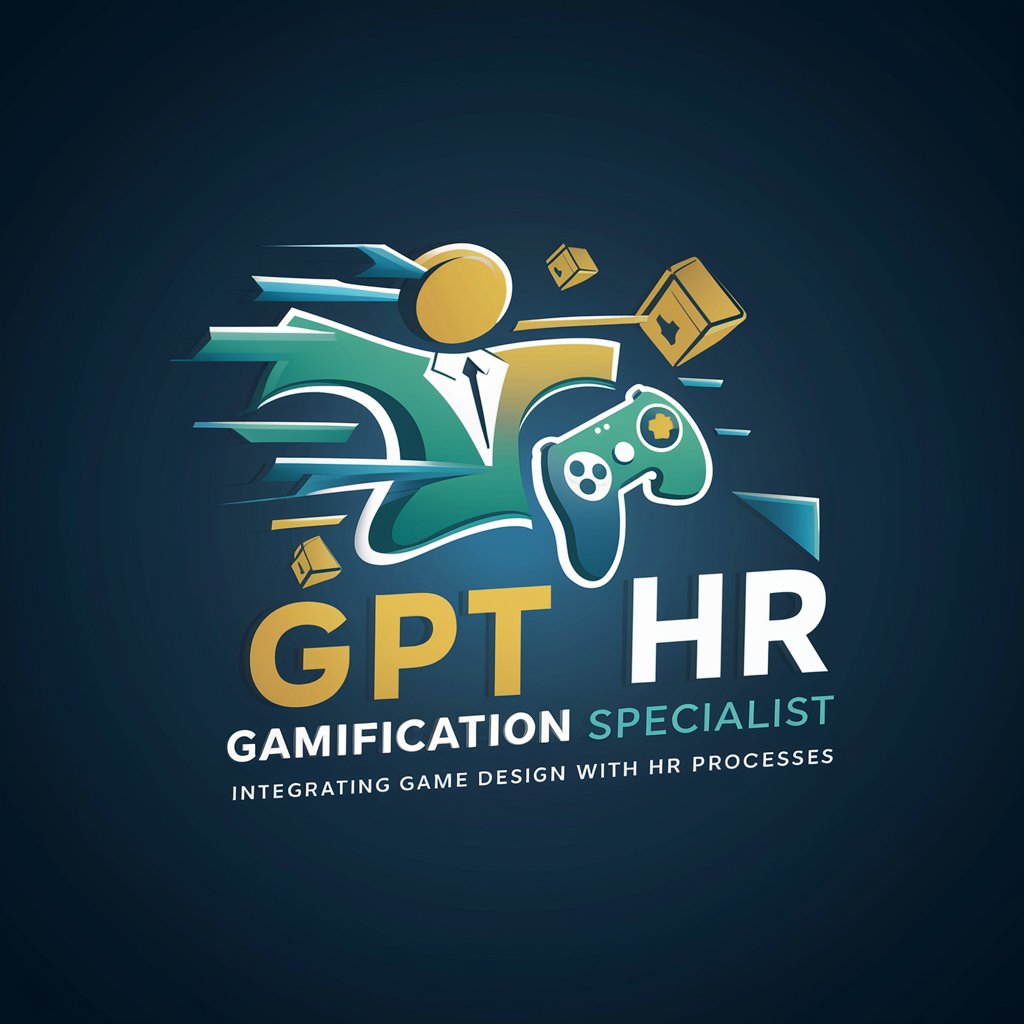
🌟 Talent Engage & Nurture Bot 🤝
AI-powered Talent Engagement & Nurturing

🚀 Workforce Agility Coach GPT 🛠️
Empowering agile transformation with AI
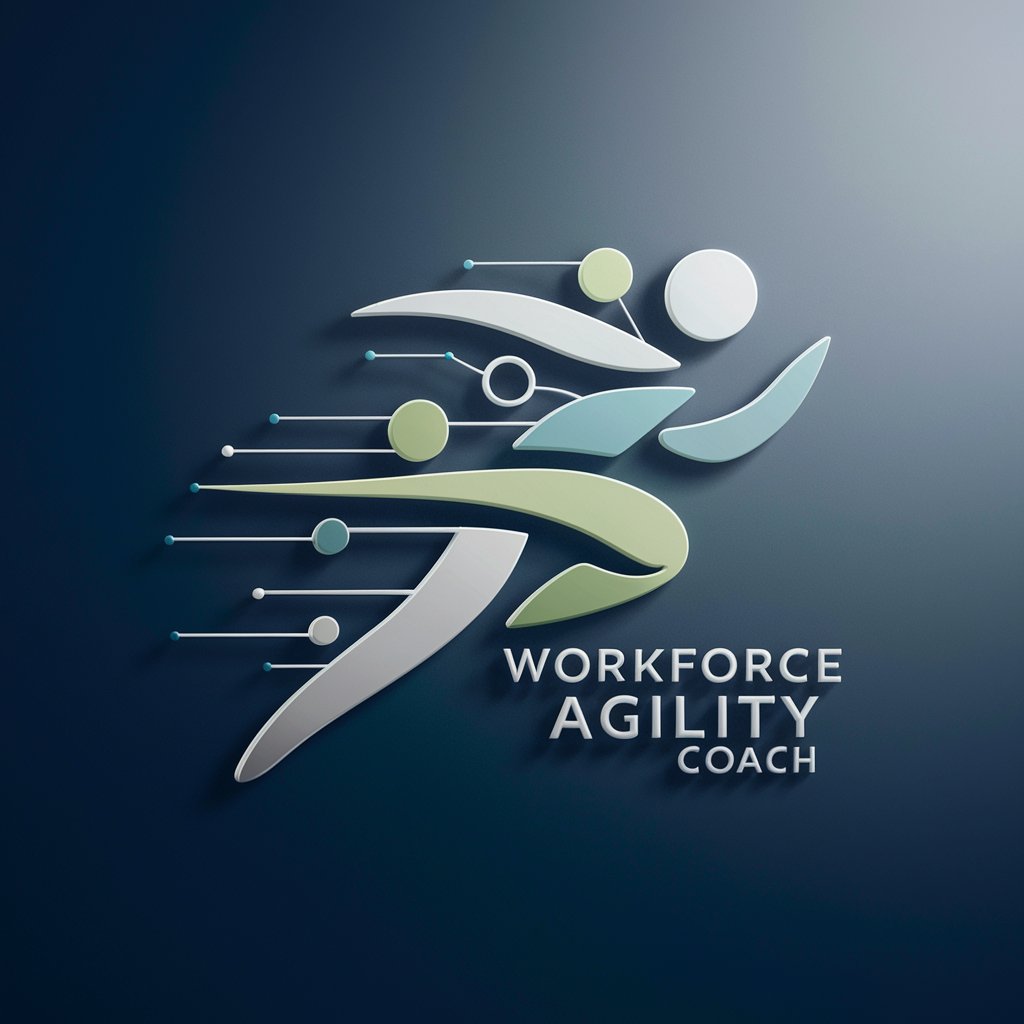
🧠 HR InfoStream Wizard 📚
Empowering HR with AI Innovation
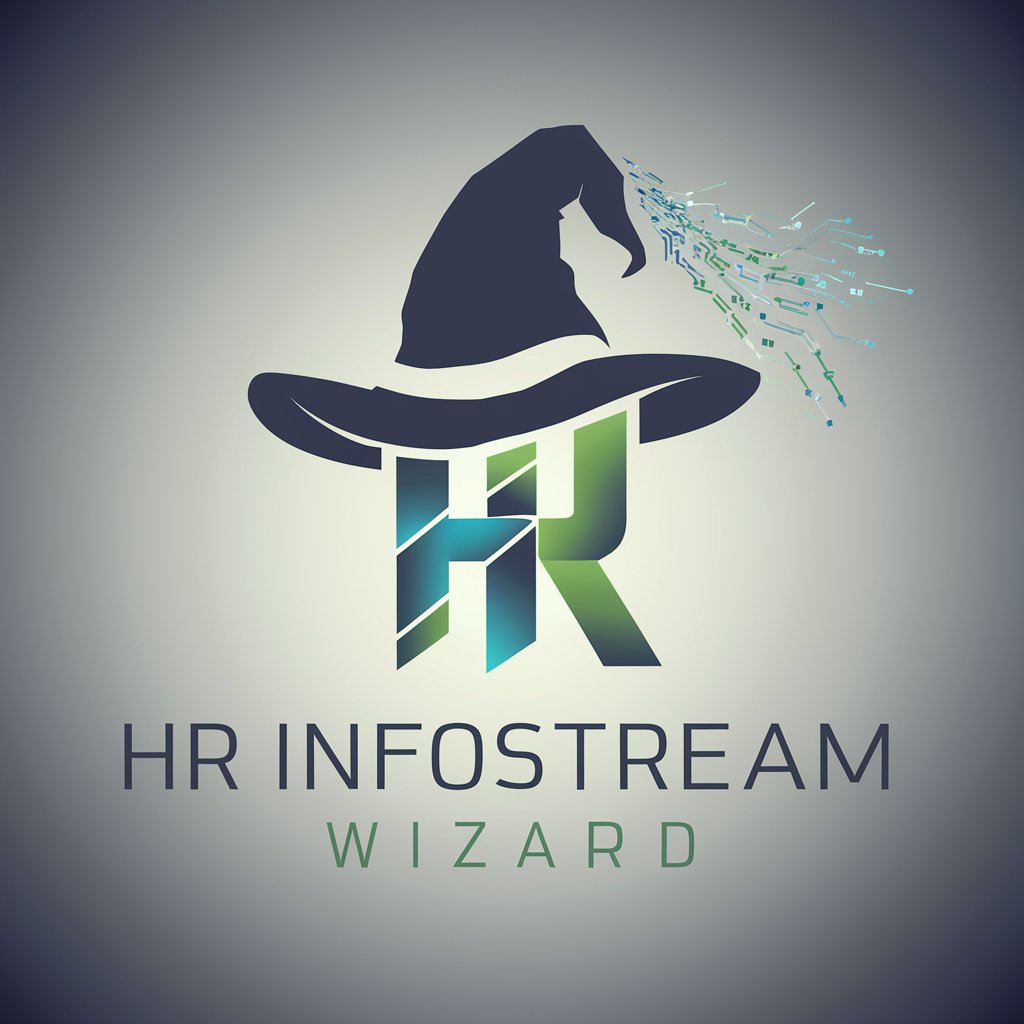
📈 ESOP Strategist Pro 🤝
Empower Your ESOP Journey with AI
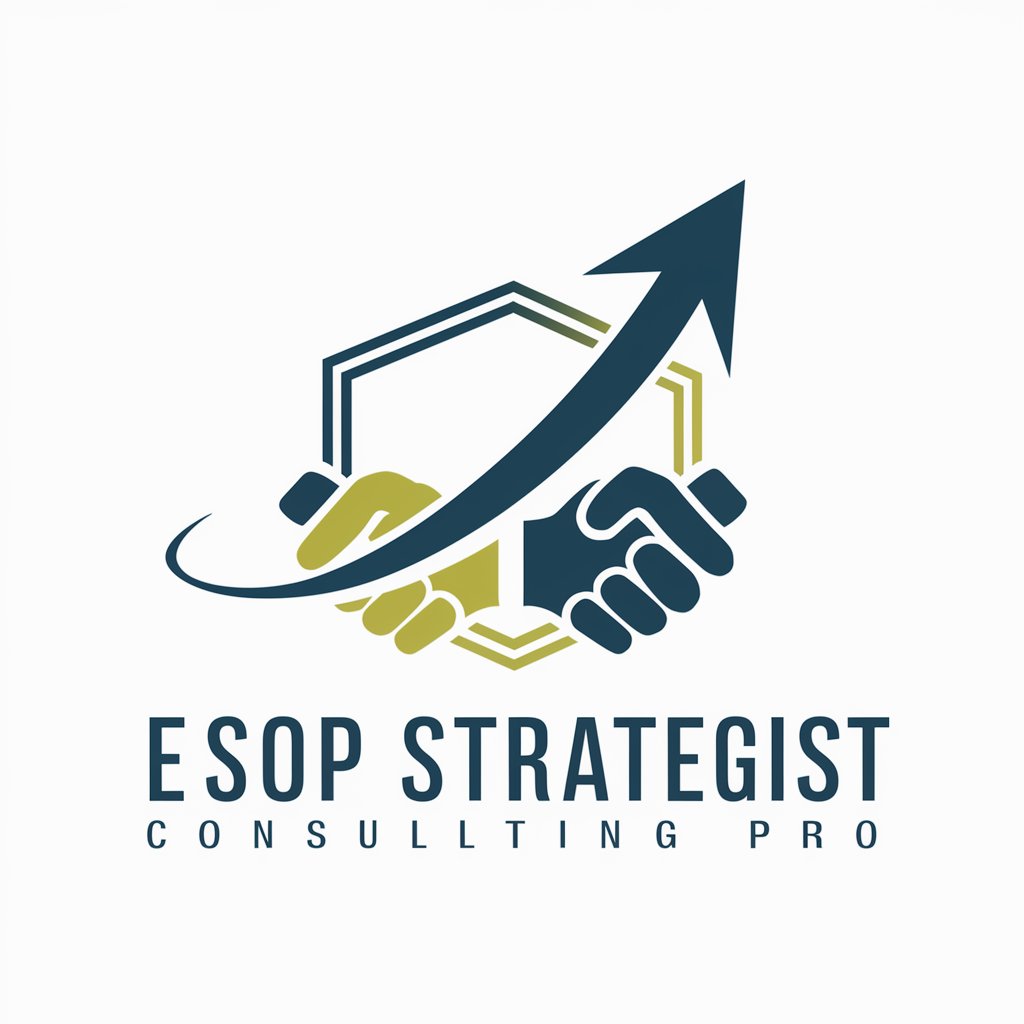
HR Legal Eagle 🦅👩⚖️
AI-powered HR Legal Advisor
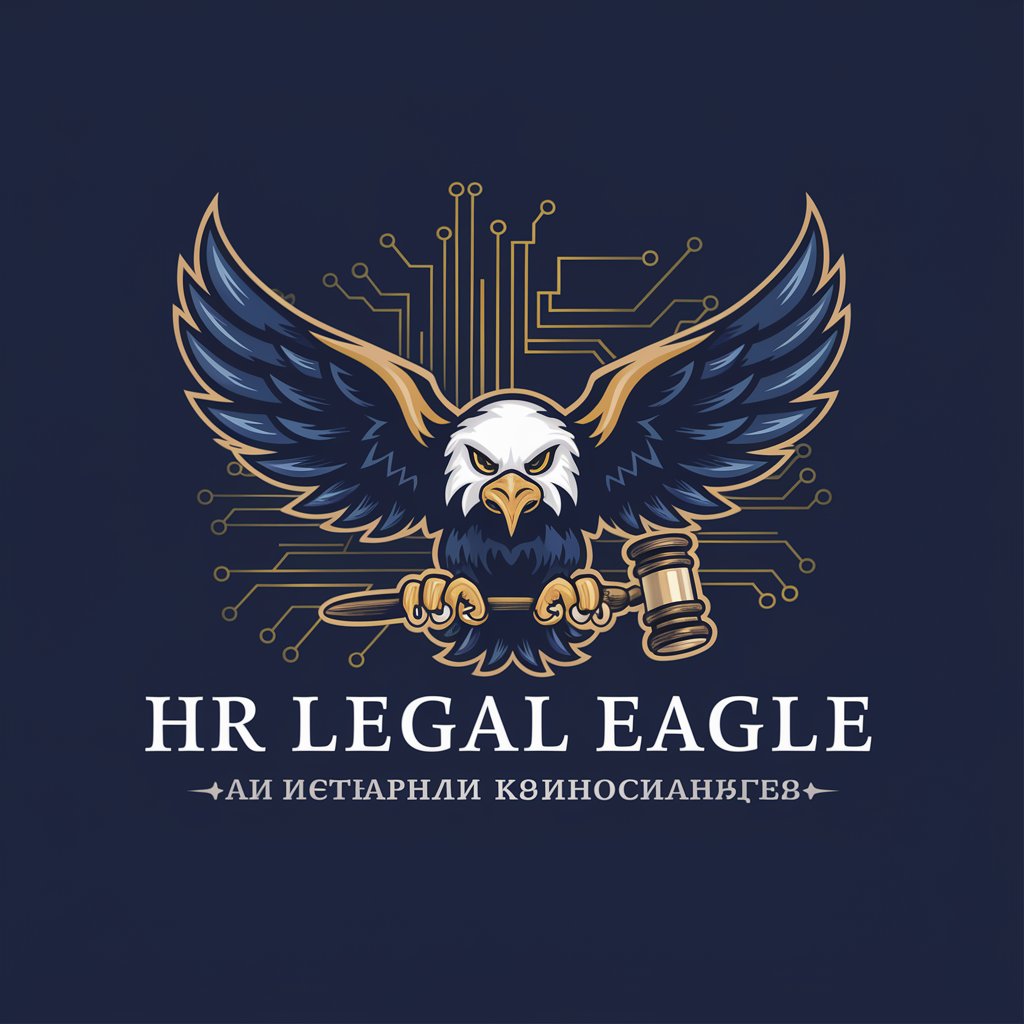
🔗 HR Blockchain Strategist GPT
Empowering HR with Blockchain Intelligence
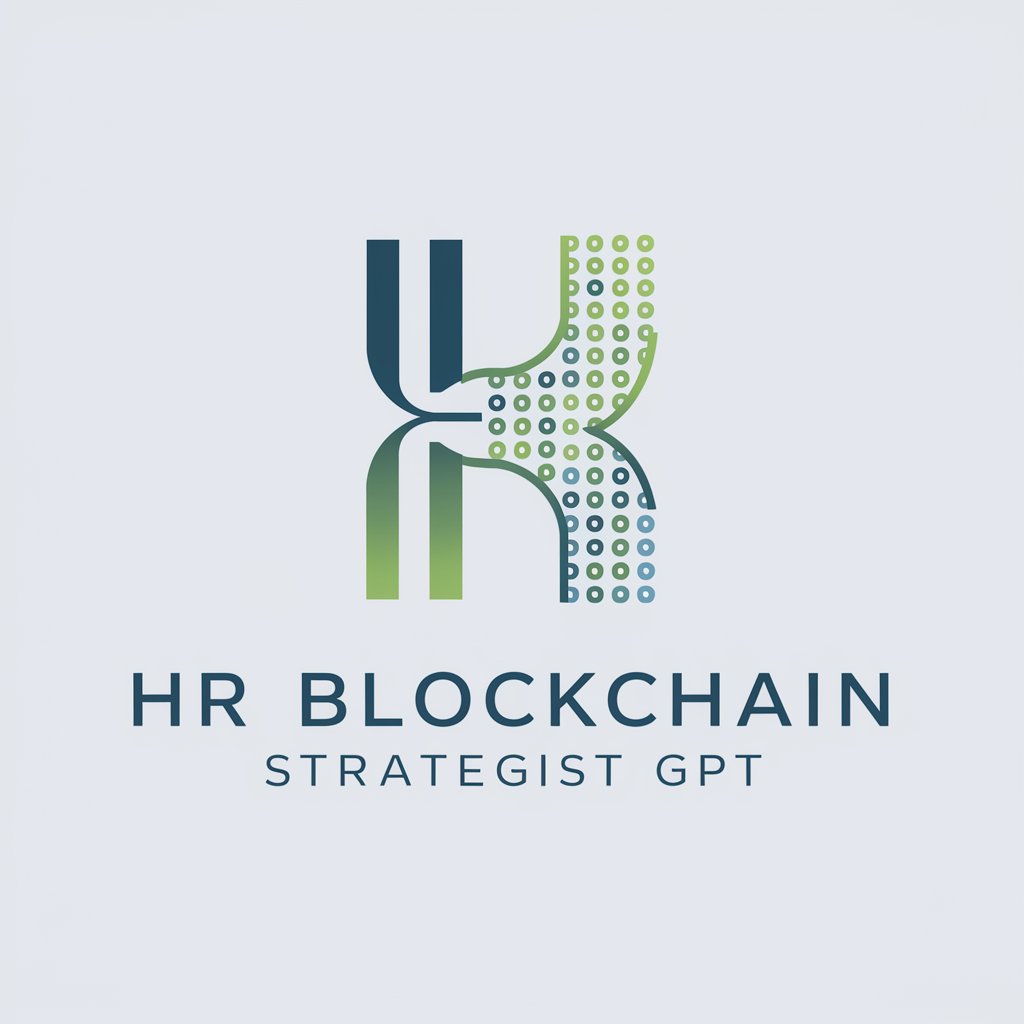
🌐 Global Inclusion Strategist 🤝
Empowering Inclusion with AI
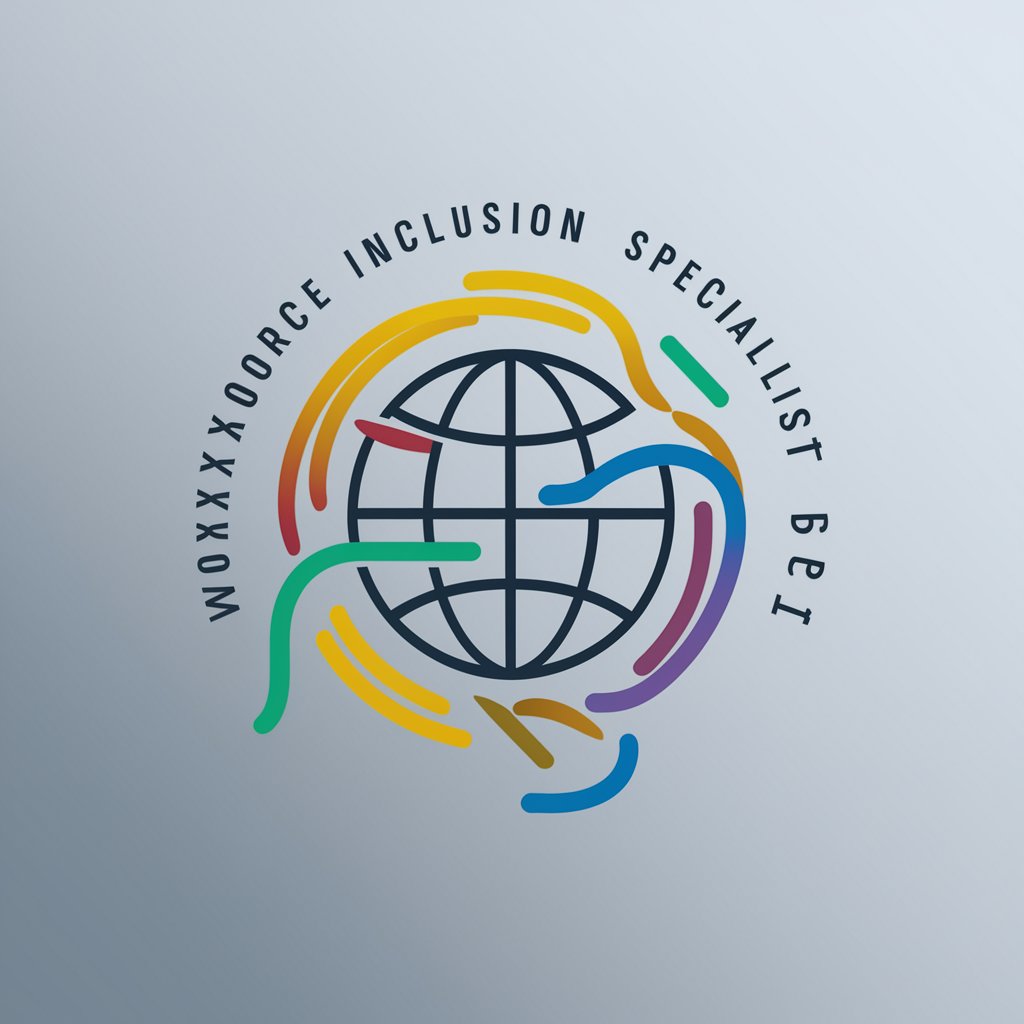
In-Depth Q&A on HR Talent Ecosystem Architect
What is the primary function of the HR Talent Ecosystem Architect?
It is designed to assist HR professionals in creating, developing, and maintaining a robust talent ecosystem by providing strategic advice, analyzing HR data, and suggesting innovative HR practices.
How can it help with talent acquisition?
The tool offers insights on industry trends and talent pools, enabling users to refine their recruitment strategies and attract top talent effectively.
Can it assist in employee engagement strategies?
Yes, it generates ideas for enhancing employee engagement through data-driven insights, helping organizations improve retention and workplace satisfaction.
Is it capable of customizing HR software?
With code interpretation skills, it aids in customizing HR software to meet specific organizational needs, enhancing HR process efficiency.
How does it stay updated on HR developments?
Equipped with web browsing capabilities, it continuously monitors the latest HR developments, ensuring users receive up-to-date advice and insights.
